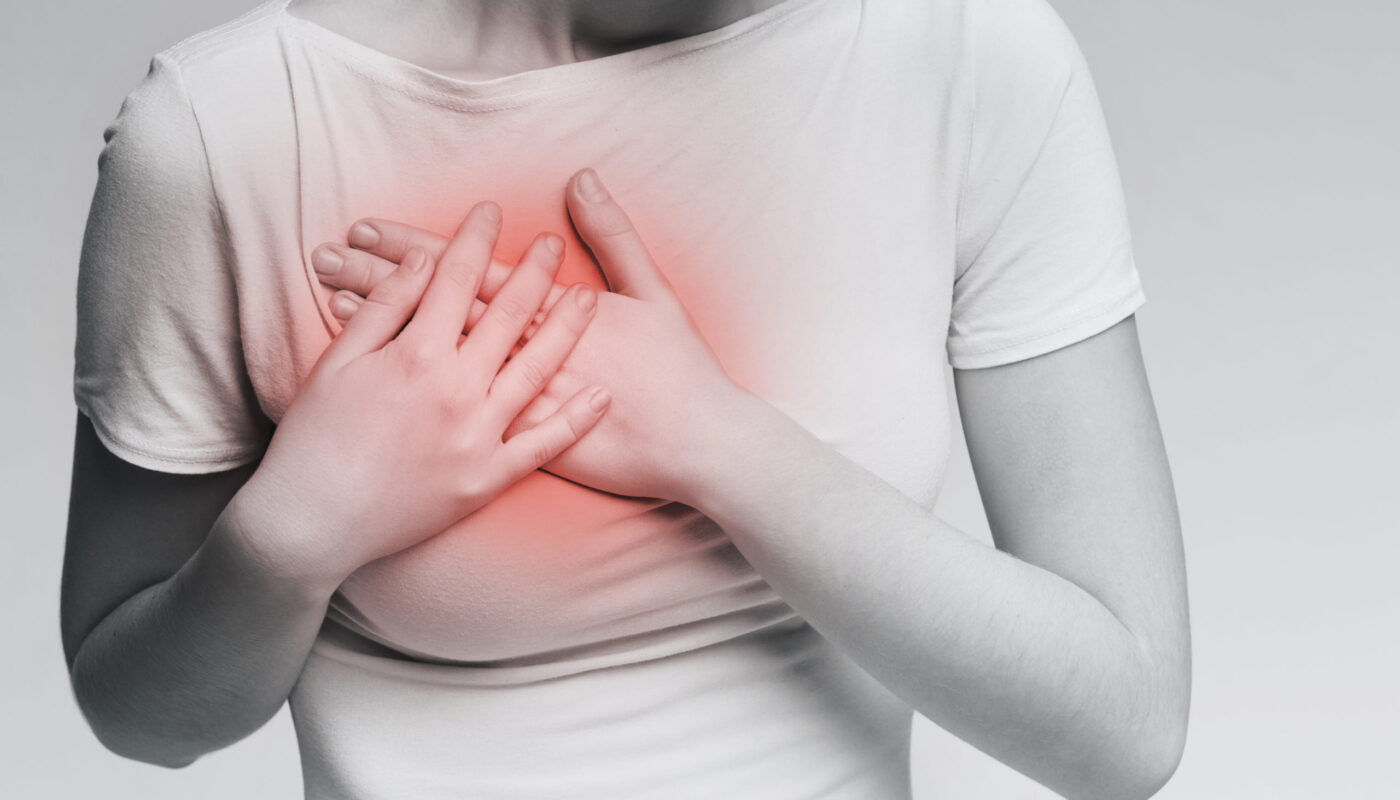New study findings presented at the ESMO Congress 2023 in Madrid, Spain reveal a link between air pollution and an increased risk of breast cancer in women. The study, which is the first to consider both residential and workplace exposure to air pollution, highlights the importance of reducing pollution levels to prevent cancer.
The study analyzed the home and workplace exposure to pollution in 2419 women with breast cancer compared to 2984 women without the disease between 1990 and 2011. The results showed a 28% increase in breast cancer risk with a 10 µg/m3 rise in fine particle (PM2.5) air pollution. This increase in pollution level is roughly equivalent to the difference between rural and urban areas in Europe. Additionally, smaller increases in breast cancer risk were identified in women exposed to higher levels of larger particle air pollution (PM10) and nitrogen dioxide. To gain a comprehensive understanding of the impact of pollution on breast cancer risk, the researchers plan to investigate the effects of pollution exposure during commuting.
Professor Charles Swanton from the Francis Crick Institute in London, whose previous research has demonstrated how PM2.5 particles can trigger lung cancer in non-smokers, stressed the significance of the new findings related to breast cancer. These tiny particles can penetrate deep into the lungs and enter the bloodstream, ultimately being absorbed into breast and other tissues. Previous evidence has already indicated that air pollutants can alter the structure of the breast. There is a need to determine whether pollutants enable cells in breast tissue with existing mutations to proliferate and promote tumor growth, potentially through inflammatory processes. Additional laboratory studies are urgently required to investigate the effects of these small air pollutant particles on breast tumor characteristics, such as latency, grade, aggression, and progression.
Professor Jean-Yves Blay, ESMO Director of Public Policy, emphasized that there is now strong epidemiological and biological evidence linking PM2.5 particle exposure to cancer. He highlighted the clinical and economic benefits of reducing pollution to prevent cancer, and urged for a reduction of the PM2.5 limit to 5 µg/m3 in line with World Health Organization guidelines. ESMO supported the European Commission’s proposal to reduce the PM2.5 limit from the current 25 µg/m3 to 10 µg/m3 by 2030, and recommended further lowering to the WHO recommended level. The European Parliament’s Environment, Public Health and Food Safety Committee adopted the lower limit in June 2023 as part of the ongoing revision of EU Ambient Air Quality Directives.
The adoption of ESMO’s recommendations in the European Parliament’s report in September 2023 signifies progress in the revision of the directives. This milestone triggers negotiations between the European Parliament, European Commission, and EU Council to finalize the text of the directive. By presenting scientific evidence to support their requests, ESMO aims to influence public health policies and drive change towards reducing air pollution. Although change will take time, this step represents a positive shift in the right direction, according to the ESMO Public Policy Director.
*Note:
1. Source: Coherent Market Insights, Public sources, Desk research
2. We have leveraged AI tools to mine information and compile it




